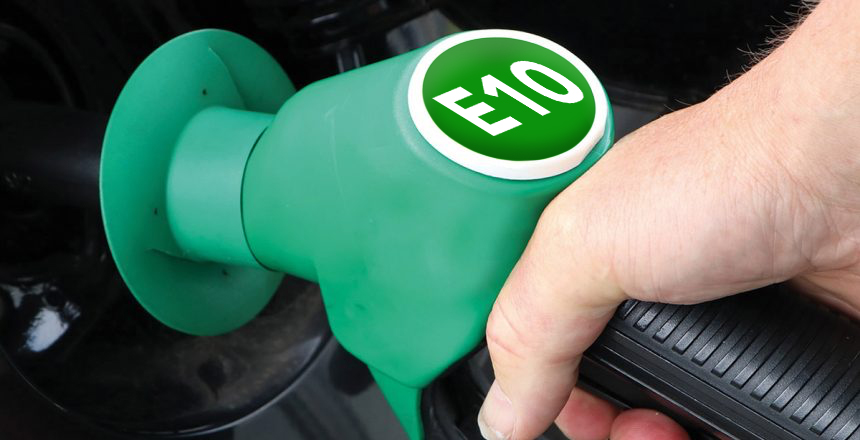
E10 fuel, a blend of gasoline and ethanol, has gained popularity as a greener alternative to conventional fuels. However, it’s crucial to understand the hygroscopic nature of E10 fuel when storing cars for extended periods. This article explores the implications of E10 fuel’s hygroscopic properties, focusing on the effect of butane, and highlights the value of utilizing a specific storage fuel.
Understanding E10 Fuel’s Hygroscopic Nature:
Hygroscopy refers to the ability of a substance to attract and absorb moisture from its surroundings. The ethanol component in E10 fuel is hygroscopic, meaning it readily absorbs moisture from the atmosphere. This property can pose challenges during vehicle storage, potentially affecting the fuel’s stability and performance.
The Role of Butane in E10 Fuel:
Butane is a component found in gasoline, which is one of the constituents of E10 fuel. It has a boiling point of 0 degrees Celsius (32 degrees Fahrenheit) and contributes to the fuel’s volatility. The presence of butane affects both the performance and the integrity of the fuel during storage.
Effects of Hygroscopic Properties on Cars in Storage:
Phase Separation: The hygroscopic nature of ethanol in E10 fuel can lead to phase separation when excess moisture is absorbed. This separation occurs when water and ethanol form distinct layers within the fuel tank. During vehicle reactivation, phase separation can cause starting difficulties and impact engine performance.
Fuel System Corrosion: Excessive moisture absorbed by E10 fuel during storage can contribute to fuel system corrosion. Components such as fuel lines, pumps, and injectors may be affected, resulting in diminished engine performance and potential repair costs.
Understanding the Importance of Butane Content:
The boiling temperature of butane at 0 degrees Celsius (32 degrees Fahrenheit) is significant for car storage. If the storage environment experiences colder temperatures, the butane component may transition from a liquid to a gaseous state, increasing vapor pressure within the fuel system. This can potentially lead to fuel line leaks and other fuel system-related issues.
The Value of Utilising a Specific Storage Fuel:
Considering the challenges associated with E10 fuel’s hygroscopic properties and the effect of butane, utilizing a specific storage fuel can provide several advantages:
Fuel Stabilization: Opt for fuel stabilizers designed for long-term storage to minimize degradation and moisture absorption in E10 fuel. These additives help maintain fuel integrity, prevent phase separation, and mitigate the impact of temperature fluctuations.
Ethanol-Free Fuel: Using ethanol-free gasoline for storage can reduce the risk of moisture-related issues. Ethanol-free fuel is less hygroscopic, offering improved stability and reduced potential for phase separation and fuel system corrosion.
Professional Fuel Removal: For extended storage periods, consider having a professional fuel removal service extract the E10 fuel from the vehicle. They can replace it with a storage fuel specifically formulated for long-term preservation, minimizing the impact of moisture absorption and potential fuel degradation.
Conclusion:
Understanding the hygroscopic properties of E10 fuel, particularly in the context of car storage, is vital for maintaining fuel integrity and optimal vehicle performance. The effect of butane’s boiling temperature underscores the need for careful consideration of storage conditions and fuel choice. Utilizing fuel stabilizers, opting for ethanol-free fuel, or employing specialized storage fuels can mitigate moisture-related issues, prevent phase separation, and minimize fuel system corrosion. By implementing these practices, car owners can ensure their vehicles are ready for reliable operation even after extended periods of storage.

Recent Comments